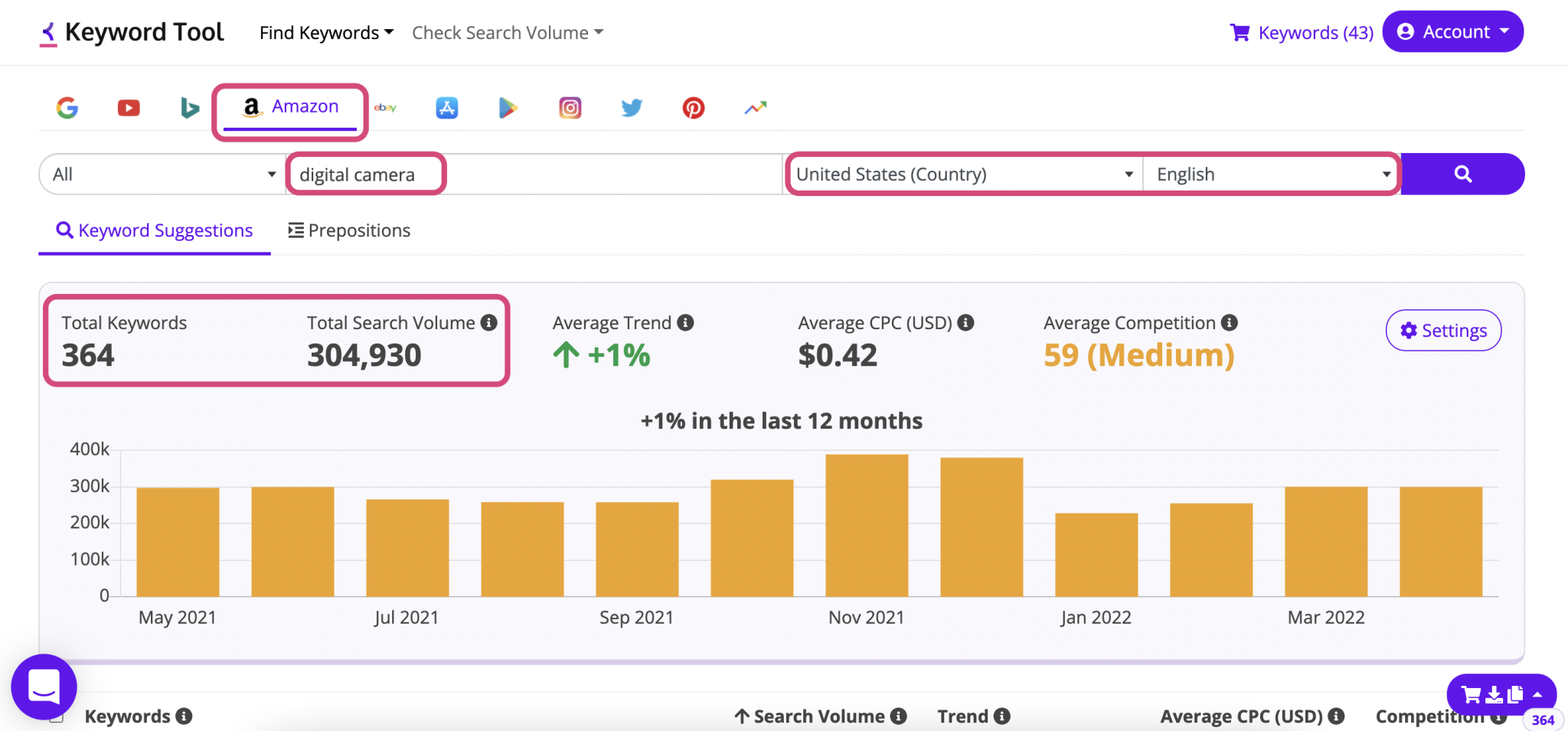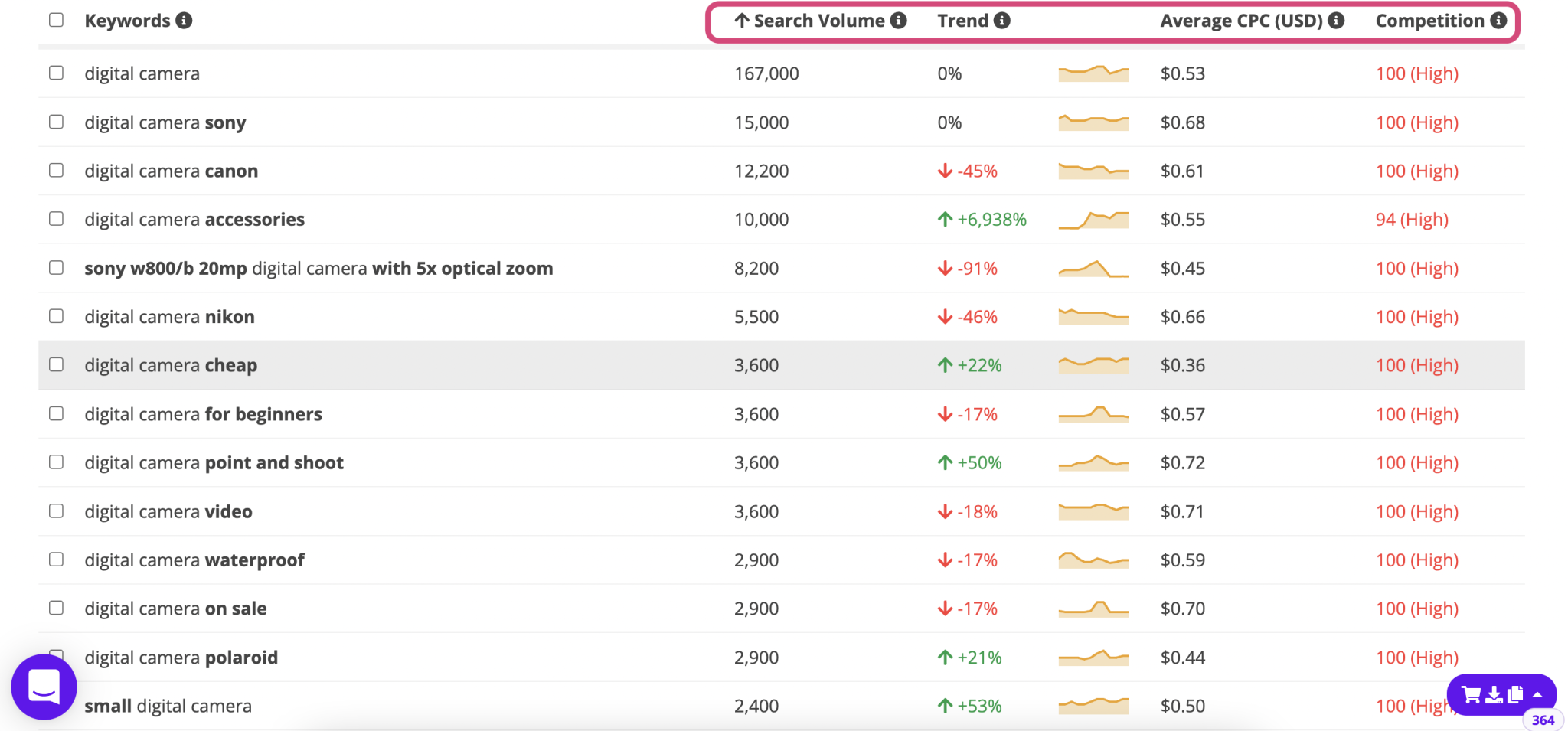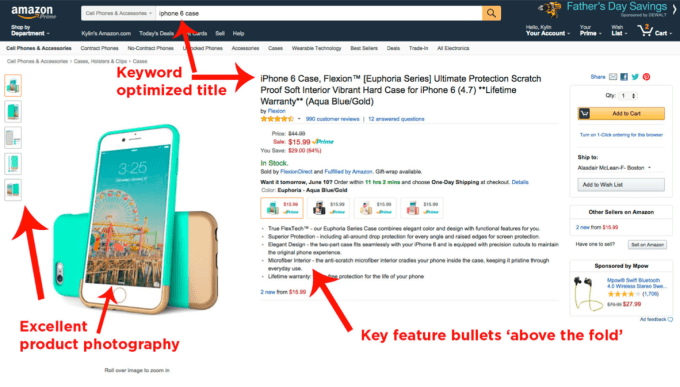4 Ways to Optimize Your Product Listings (Based on Amazon A9 Algorithm)
Amazon has quickly risen to become one of the largest e-commerce marketplaces in the world. It’s also one of the biggest search engines on the web. And just like any search engines, Amazon is driven by a search algorithm called Amazon A9.
If you’re an Amazon seller (or aspiring to be one), you’ll need to understand the various ways to promote your products and Amazon page. But to make it more effective, you should tailor your promotional activities on Amazon based on how its algorithm works.
In this article, we’ll talk about the Amazon A9 algorithm and what you can do to improve your Amazon SEO and PPC campaigns. With that said, let’s get to it!
What is Amazon A9 algorithm?
The A9 algorithm is a system that Amazon uses to sort and rank the product catalogues of the listing pages on Amazon search results and product recommendation sections. This is an integral part of the website, as it helps to ensure that the system can present the best products to the target audience with the most potential to buy.

As you can imagine, you need a way to optimize your product listing to ensure that your products and pages will be displayed over your competitors who may be selling similar things. While the premise of Amazon SEO is similar to that of Google, there’s still a major difference that you need to know about.
First off, the purpose of the Amazon A9 algorithm is to maximize revenue per customer (RPC), which is something that is not on Google’s list of priorities. This means that the A9 algorithm will focus the listing that has the highest conversion rate and lowest response time to ensure that people buy more products from the site.
That’s one of the many ways that Amazon optimizes the platform to maximize conversions. And the better you understand how that works, the easier it will be to rank your product listings higher and attract more potential buyers to your Amazon page.
1. How to do Keyword Research for Amazon
Now that you understand the basic premise of the A9 algorithm, let’s move on to talk about how to actually do it.
The first thing you need to do when working on your Amazon page’s SEO is to start with keyword research, similar to that of which you would do for Google. This will let you know the best keywords that will result in the highest conversion rates possible.
Like Google Autocomplete, Amazon also uses an autocomplete function that shows a list of suggested search terms based on what the user types into its search box. Although Amazon autocomplete shows up to 10 search terms in its drop-down, it’s still quite limited for proper keyword research.
Instead, your best option is to use a keyword research tool like Keyword Tool for Amazon. This SEO tool allows you to generate hundreds of relevant keywords within seconds, for free!

There’s also a paid subscription version of the tool, Keyword Tool Pro for Amazon, that gives you a lot more search data like search volume, trends, cost-per-click (CPC), and competition level.

These are the kind of data that makes for a more complete and holistic keyword research, as it will not only give you a long list of high-volume focus keywords and high converting long tail keywords but also very valuable search data to help you understand buyer behaviour on Amazon.
2. Prioritizing keywords in Amazon product listings
Once you have a clear idea of which keyword groups have the highest potential for conversions, you will need to include them in the most essential parts of your listing.
For example, the title and the description should contain one or more of the keywords to ensure that the algorithm and the audience understands what they’re looking at right away. One point of consideration you have to keep in mind is that the ads shouldn’t be any larger than 250 bytes; otherwise, it won’t show up on the listing.

You should use a mix of shorter keywords (with higher search volumes) and long tail keywords (with lower search volumes) to maximize your reach but also optimize your Amazon SEO for better conversions. Long tail keywords are key here; they have lesser searches but has the potential to convert better.
Make sure you follow Amazon’s guidelines as well and avoid from keyword stuffing or including keywords that are not directly (or indirectly) related to your brand or products. That’s a surefire way of giving a bad signal to Amazon A9 algorithms, and you may be penalized for that. Only use the most relevant keywords and include them in your titles and description
3. Fill out all the required information
Amazon prioritizes user satisfaction, much like Google, so it’s important that you provide the platform with all the necessary data required. This will help your platform to understand what your listing is about and whether or not you are a credible seller.
Filling out your listing with the most relevant information is also crucial, as it improves user experience on your page and product listings. This will then send a positive signal to Amazon A9 algorithm to show that your keywords and listings are relevant to what users are searching for.
A more relevant product listing will also help to improve its click-through-rate (CTR), which also sends a strong signal to Amazon’s search algorithm. When more people click and stay on your page or product listing, the higher the chances that it will improve in rankings on Amazon search pages.
4. How to optimize an Amazon product image
Product images on Amazon is a lot more important than most people think. Since e-commerce involves purchasing items through the internet, where the buyer can’t actually touch or feel the products, it makes product images that much more important. It’s the only way to visually explain to a prospective buyer what the product is all about.

You need to make sure that you use high-resolution photos that are around 1,000 x 1,000 pixels in size (at least) and follow Amazon product image guidelines. Additionally, your photos should be well-lit and show every angle of the product so that people can have a complete view of it. You will also need to make sure that you note very clearly whether your products have been used or worn before.
It might be a smart thing to invest a bit more of your marketing budget to produce high-quality photos taken by a professional photographer. Even if it’s a bit expensive, it’ll only be a one-time cost (for each product). What’s more important is to show a level of professionalism and care, and that’s something that will reflect positively on your brand image and gives a good impression to prospective buyers.
There are many ways to improve your Amazon product and page rankings on the platform. But the best way is to do it in tandem with how Amazon A9 algorithm works. Not only will you increase the chances of ranking your product listings better on Amazon, but you’ll also be able to avoid any unwanted penalties that may come your way.
Now that you have a better understanding of how Amazon A9 algorithm works and a few tips on how to optimize your Amazon product listing to improve its visibility on the platform, it’s now time to generate your keywords with Keyword Tool for Amazon.